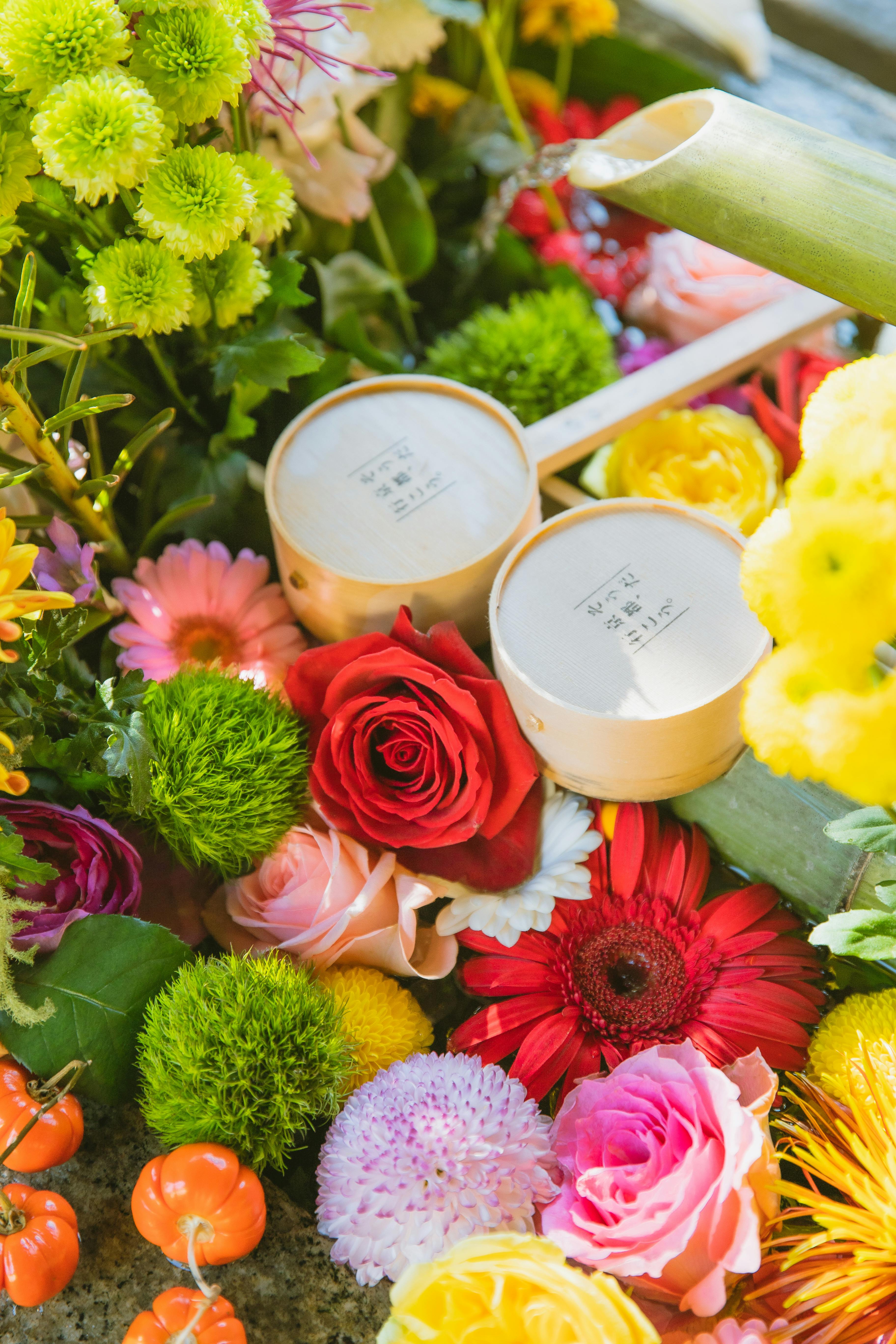As with many cultural customs, weddings in the Philippines take place by a variety of locations and incorporate a multitude of traditions. Some of these asian ladies looking for love are common, while others happen to be specific to a region or ethnicity. Yet , there are a few elements that every Philippine marriage ceremony should include. Such as a candle light lighting, a coin true blessing, a veil ceremony, and the tossing of rice source.
One very popular part of the Philippine wedding is having a secondary mentor (called the ninang and ninong) adorn a ceremonial lace veil over the bride and groom’s mind. This symbolizes being clothed as one in marriage and is meant to be a sign of protection. It is also thought to bring good luck for the couple and their new home. The ninang and ninong will also usually wrap the newlyweds in a power cord that has been stiched from their head of hair and is commonly made of man made fibre. This represents the eternal bond of fidelity and is supposed to protect them from harm.
Before the braiding of the nuptial cord, the priest is going to bless an ornament called an aras or arrhae. This is usually carried by a cute gold coin bearer and contains tough luck coins, every single of which represents prosperity meant for the month ahead. The bridegroom then symbolizes this to his bride and places it in her hands. This is traditionally a great oath that your groom would provide for his future partner and family.
Similar to most civilizations, a lot of money has to the new couple during the reception. The guests will pin money to the bride-to-be and groom’s clothes employing tape, hooks, reddish colored envelopes (for Filipino-Chinese families), or little bags. The budgetary gifts are intended to help the couple get started on the life in concert.
While most modern lovers tend to understand each other fairly well before all their big day, it is necessary for the bride and soon-to-be husband to meet with the parents and receive their very own blessings. This can be done during a ritual referred to as pamamanhikan, https://indianexpress.com/article/lifestyle/life-style/happy-valentines-day-who-was-st-valentine-and-why-do-we-celebrate-on-february-14-8415845/ which is being a formal engagement. The groom’s family unit will visit the bride’s as well as formally look for her turn in marriage.

While it is definitely not common anymore, a lot of more mature couples continue to perform this custom. Prior to the marriage ceremony, the bride’s family is going to host a party that is similar to a bachelorette party. This is called a adiós de soltera, and it is the night before the wedding that they are going to hold this kind of celebration.
